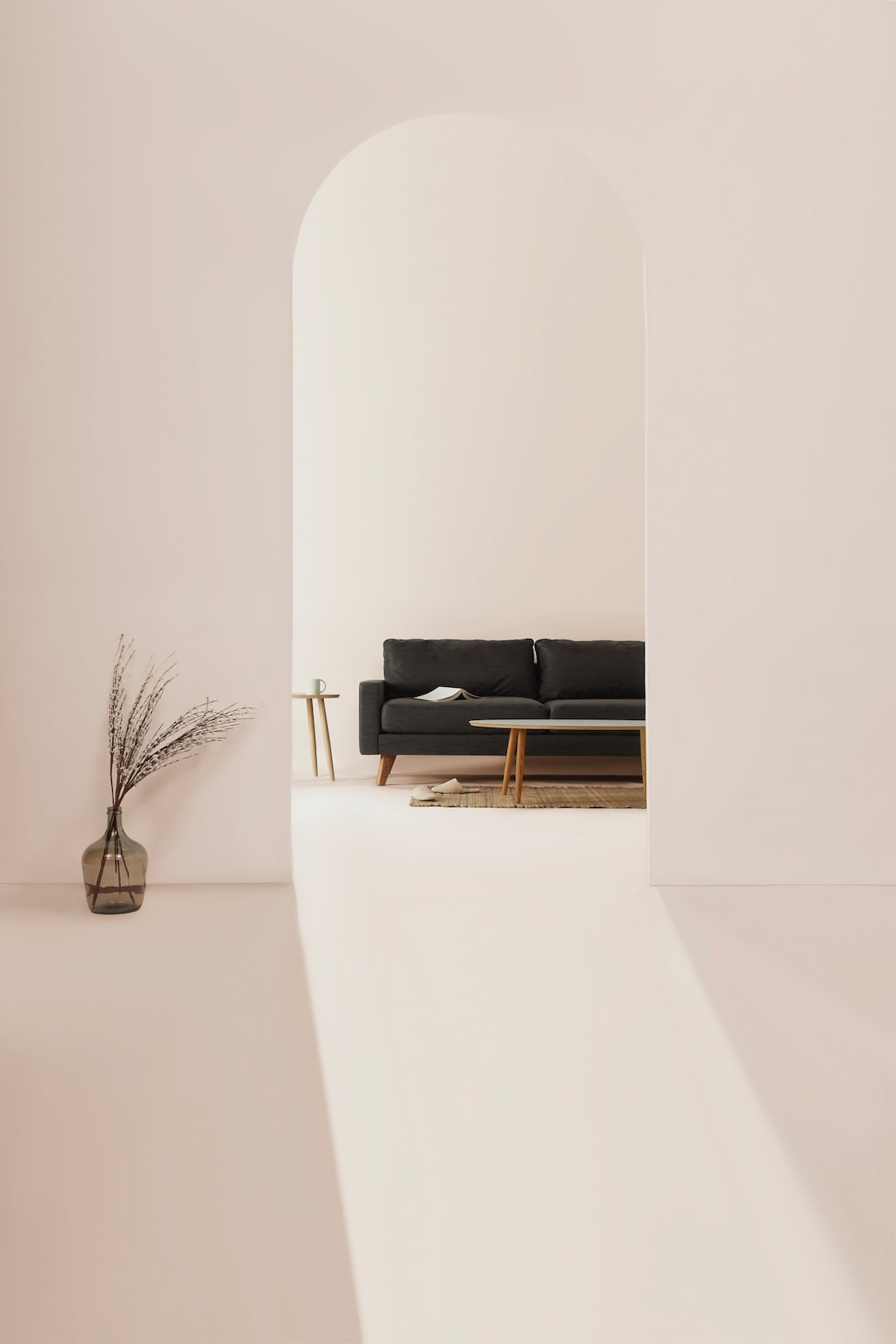The Joy of Growing Your Own Indoor Plants: A Beginner’s Guide
In today’s fast-paced world, finding moments of peace and tranquility can feel like a luxury. However, there is a simple yet effective way to bring a touch of nature into your life: growing your own indoor plants. Not only do indoor plants enhance the aesthetics of your home, but they also have a myriad of health benefits. This beginner’s guide will help you embark on a journey of discovering the joy of growing your own indoor plants.
Choosing the Right Plants
Before diving into the world of indoor gardening, it is essential to select plants that are well-suited for indoor conditions. Some popular options for beginners include spider plants, pothos, snake plants, and peace lilies. These plants are known for their durability and ability to thrive in various lighting conditions.
Understanding Light Requirements
Light plays a crucial role in the growth and development of plants. Different species have distinct light requirements, and understanding these needs is essential for successful indoor gardening. Some plants thrive in bright, direct sunlight, while others prefer indirect or low-light conditions. Researching specific plant species and situating them accordingly will ensure that they receive the optimal amount of light.
Watering Techniques
Proper watering is the key to maintaining healthy indoor plants. Overwatering or underwatering can lead to various issues such as root rot or dehydration. The frequency of watering depends on factors such as season, plant type, and potting medium. To determine whether a plant needs watering, gently insert your finger into the soil. If the top inch feels dry, it’s time to water. It is also crucial to avoid leaving standing water in the pot, as this can lead to root suffocation.
Choosing the Right Pot and Soil
Selecting the appropriate pot and soil are vital for the well-being of your indoor plants. The pot should have drainage holes at the bottom to prevent water from pooling and causing root rot. Additionally, using well-draining potting soil that retains some moisture without becoming waterlogged is crucial. Commercial potting mixes formulated specifically for indoor plants are readily available and simplify the process of providing optimal conditions for your plants.
Temperature and Humidity
Maintaining the right temperature and humidity levels significantly impact indoor plant health. Most indoor plants thrive in temperatures between 65-75°F (18-24°C). Extremes in temperature, such as placing plants near drafty windows or heat sources, should be avoided. Some plants benefit from higher humidity levels, and using a humidifier or placing a tray of water near your plants can help create a favorable microclimate.
Fertilizing and Pruning
Periodic fertilization helps provide the necessary nutrients for your indoor plants to grow and thrive. Selecting a balanced, water-soluble fertilizer and following the instructions on the packaging is recommended. Fertilizing once a month during the growing season is typically sufficient. Additionally, pruning your plants promotes new growth, prevents overcrowding, and helps maintain a desired shape. Regularly trimming dead or yellow leaves also keeps your plants looking vibrant and tidy.
Benefits Beyond Aesthetics
While the beauty of indoor plants is undeniable, their benefits extend far beyond aesthetics. Research has shown that indoor plants can significantly improve air quality by filtering out toxins and releasing oxygen. They can also enhance mood, reduce stress levels, and increase productivity. In a time where spending long hours indoors has become the norm, indoor plants serve as natural mood boosters and contribute to overall well-being.
Finding Joy in the Process
Growing your own indoor plants is not just about the end result, but also about the joy found in the process. Witnessing the growth and bloom of your plants, tending to their needs, and watching them thrive can be immensely rewarding. Indoor gardening provides an opportunity for self-care and cultivates a sense of connection with nature, even in the confines of a busy urban lifestyle. Embrace the therapeutic effects of nurturing something green and watch the rewards unfold.
Conclusion
Embarking on the journey of growing your own indoor plants is an excellent way to bring joy, peace, and natural beauty into your life. By choosing the right plants, understanding their needs, creating suitable conditions, and enjoying the process, you can experience the countless benefits of indoor gardening. Start with a few beginner-friendly plants, explore different species, and soon you’ll find yourself immersed in a fulfilling hobby that adds a touch of nature to your indoor space. So, grab your watering can and let the joy of growing your own indoor plants begin!


